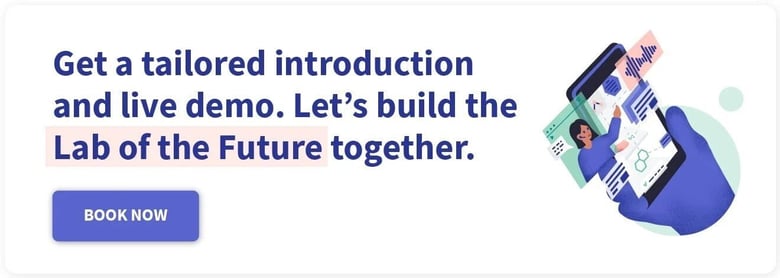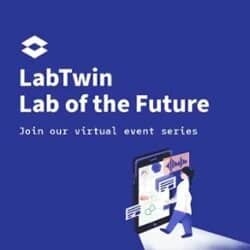Annie Voight is a PhD student in the Schmitz Lab at Charité Berlin where she uses optogenetics to study synapses and neuronal circuits. We sat down with Annie to find out how LabTwin helps her uncover the role of individual neurons in health and disease.
Why did you decide to start using LabTwin?
It’s always so easy to forget to write things down in the busy lab environment. I’ve misplaced or even forgotten important information more than once. I thought that having a virtual assistant to help me take notes would be a great relief.
How were you managing lab documentation before LabTwin?
I took notes however I could during experiments – including handwritten notes in lab journals or notebooks, documents on the computer, phone memos, and the back of my glove.
Was LabTwin easy to set up? Is the app easy to use?
Absolutely. It was a breeze to adjust to using LabTwin instead of paper notes.
What do you like most about LabTwin?
Direct online transfer of my notes – I can check them from anywhere: lab bench, home office, train office, café office… you get my point.
Can you share an example when LabTwin really helped you?
Specifically, one episode comes to mind. I wrote down all my antibody stainings for various samples (125 brain slices, over 10 different antibody variations) and gave the list to a colleague. The colleague never returned my note, and after coming back from vacation, I had forgotten which antibody I had used for which sample. Thankfully, LabTwin has a photo option, and I found a picture of the list online nestled within my LabTwin notes!
What kind of work would you say this app is suited for?
Molecular biology work. Specifically where you have to use gloves and so can’t be taking notes during experiments.
What features would you like us to add to LabTwin?
A literature reader counter, that will tell me I’ve been on a reading streak (like in Duolingo).
In your opinion, how will a voice-powered digital lab assistant like LabTwin change the industry in the long run?
I think voice-powered assistance will make the labs more connected and interoperable. It has the potential to make the lab of the future possible faster.











